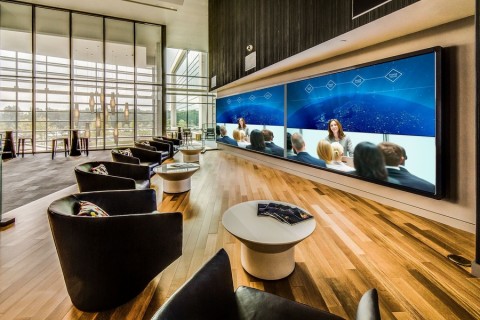Optimal Strategies for Positioning Surveillance Cameras to Improve Surveillance Effectiveness
Optimal Strategies for Positioning Surveillance Cameras to Improve Surveillance Effectiveness
Blog Article

Placing security cameras efficiently remains essential to improving monitoring in different environments, such as residences, businesses, and community areas. The primary objective of surveillance systems is to deter criminal activity and provide evidence in case of incidents. To achieve this, it becomes important to consider various elements, such as camera placement, field of view, and the specific zones that need oversight. By comprehending these elements, people as well as entities can create a comprehensive surveillance strategy that maximizes the effectiveness of their surveillance solutions.
One of the initial steps in placing security systems involves to identify key locations that require surveillance. Vulnerable areas, such as entry points, exit points, vehicle areas, as well as areas with high-value items, should be given priority. It also important to take into account blind spots, that are locations that may not be seen from certain perspectives. By charting out these critical areas, security staff can ensure that all corner remains observed, minimizing the chances of illegal activity going unnoticed. Additionally, installing cameras at key points can assist form a comprehensive perspective of the property, enabling for better overall surveillance coverage.
The viewing angle of a security camera remains another important element to take into account. Different kinds of cameras provide different fields of vision, which can affect how many area gets recorded in the footage. For example, wide-angle cameras can monitor larger spaces, rendering them ideal for spacious locations, while pan-tilt-zoom systems can be adjusted to concentrate on particular details. When placing surveillance systems, it is important to choose the right kind based on the area being monitored. This guarantees that the camera can record sharp images and offer important information in the event of an occurrence.
Elevation and tilt of mounting also have a significant role in the effectiveness of surveillance systems. Surveillance systems must be mounted at a height that is out of reach of possible interference but also allows for clear visibility of faces and additional recognizable details. A common suggestion is to install cameras at least eight to ten ft off the floor. Additionally, the tilt at which the camera is positioned can affect its capability to record crucial details. Cameras must be angled to minimize reflection and prevent blockages, ensuring that Get More Info they can record sharp video at any times.
Finally, routine upkeep and improvements to the security camera is crucial for sustained effectiveness. This includes checking system performance, cleaning lenses, as well as making sure that software is current. Frequent evaluations of the surveillance strategy can assist identify any additional blind spots or areas that might need additional coverage. By remaining vigilant and making necessary changes, people and organizations can improve their monitoring efficacy and guarantee that their security systems remain to fulfill their intended purpose.